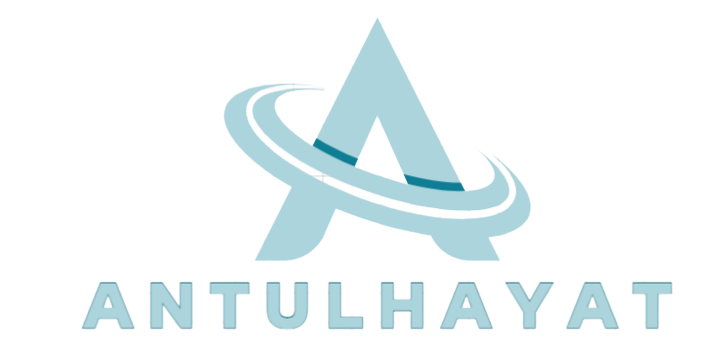In the ever-evolving landscape of education, personalized learning has emerged as a powerful and transformative approach. This groundbreaking method tailors education to the unique needs and preferences of individual learners, ultimately leading to more effective and engaging educational experiences. In this comprehensive guide, we explore the ins and outs of personalized learning, shedding light on its key principles, advantages, and implementation strategies.
Unveiling the Foundations of Personalized Learning
What Is Personalized Learning?
Personalized learning is not a one-size-fits-all solution; rather, it is a tailored approach that recognizes the diversity of learners. It embraces the idea that each student is unique, with distinct learning styles, paces, and preferences. This approach, driven by technology, curriculum design, and the input of educators, aims to create a learning environment that adapts to the individual rather than expecting the individual to adapt to a rigid curriculum.
The Key Principles of Personalized Learning
To successfully implement personalized learning, it is essential to understand its core principles. These principles include:
- Learner-Centered Approach: The focal point of personalized learning is the learner. This approach puts the student at the center, allowing them to actively participate in their own education.
- Flexible Pacing: Students progress at their own pace, ensuring they master a concept before moving on. This eliminates the frustration of feeling rushed or bored in the classroom.
- Competency-Based Learning: Instead of relying solely on grades and assessments, personalized learning focuses on a student’s ability to demonstrate mastery of specific skills or concepts.
- Varied Learning Resources: A wide array of resources, such as videos, online tutorials, and hands-on projects, are provided to cater to diverse learning styles.
- Data-Driven Decision Making: Personalized learning utilizes data to track a student’s progress, identify areas of improvement, and adapt instruction accordingly.
The Advantages of Personalized Learning
Improved Learning Outcomes
One of the most compelling benefits of personalized learning is its impact on learning outcomes. When students are actively engaged and taught according to their unique needs, they are more likely to grasp and retain the material. The result is a significant improvement in academic achievement.
Enhanced Motivation
Personalized learning empowers students by giving them a sense of ownership over their education. This increased autonomy and relevance of content lead to higher motivation levels. Students no longer view learning as a tedious chore but as a rewarding experience.
Individualized Support
In a traditional classroom, students who struggle or excel often receive the same instruction. Personalized learning, however, identifies the specific needs of each student and provides tailored support. Struggling students receive additional help, while advanced learners are challenged with more advanced content.
Preparation for the Real World
Personalized learning reflects the workplace of the future, where individualized skills and competencies are highly valued. By adopting personalized learning, educational institutions prepare students for a world where adaptability and continuous learning are essential.
Implementing Personalized Learning
Leveraging Technology
Technology is a cornerstone of personalized learning. Learning management systems, adaptive software, and online resources play a pivotal role in delivering content and tracking progress. Teachers can use data analytics to identify areas where students may be struggling and intervene promptly.
Teacher Training
Effective implementation of personalized learning requires well-trained educators. Teachers need to adapt their teaching styles to accommodate the diverse needs of their students. Ongoing professional development is crucial in ensuring that teachers are equipped to embrace this pedagogical shift.
Flexible Classroom Designs
Classroom design should also support personalized learning. Spaces should be adaptable to various learning modes, fostering collaboration, independent study, and group activities. Flexibility in classroom design can enhance the learning experience.
Overcoming Challenges
While personalized learning offers numerous advantages, it is not without challenges. Implementing this approach requires a significant shift in mindset and resources. Educators and institutions may face resistance, and addressing the digital divide to ensure equitable access to technology is crucial.


